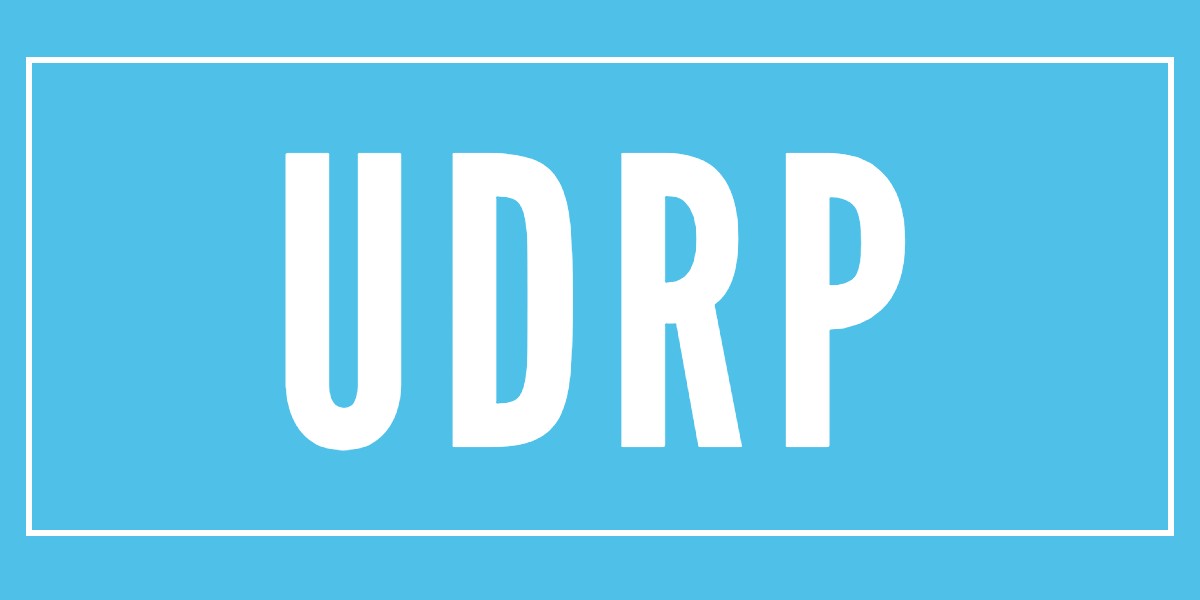
A UDRP panelist has, with “considerable hesitation,” determined (pdf) that a case was not reverse domain name hijacking because the registrar added pay-per-click ads to the domain’s landing page.
Samet Kalıp Ve Madeni Eşya Sanayi Ve Ticaret A.Ş, which produces furniture accessories such as hinge systems, filed the complaint over samet.com against Samet & Company, Inc.
The case was essentially dead on arrival. World Intellectual Property panelist Warwick Rothnie listed many reasons he would have considered this reverse domain name hijacking:
First, as noted above, the Complainant has made allegations about the Respondent and the domain name sametcpa.com. This is not a domain name held by the Respondent. It is not a domain name in the list of at least 89 domain names the Complainant contends are held by the Respondent as evidence of it being a domainer. The Complainant has not explained why it considers this to be one of the Respondent’s domain names. Moreover, as the Respondent points out, it appears to relate to an accountancy business about which the Complainant can have no proper basis for objection. The Complainant has not attempted to explain why it considers its rights in “Samet” in connection with a furniture accessories business give it rights over the use of “samet” in connection with accountancy services.
Secondly, the WhoIs record relied on by the Complainant states on its face that the registrant is “Samet & Company, Inc.” The WhoIs record also states that the Administrative and Technical Contact is “Michael Samet”. It was obvious therefore that the example in paragraph 4(c)(ii) of the Policy was potentially applicable. Apart from the unanswered emails and the resolution of the disputed domain name to an obvious parking page, there is no evidence that the Complainant took any steps to ascertain if either of these were real persons or, if so, what any such searches revealed.
Thirdly, the WhoIs record also states that the disputed domain name was created in 1996. It does not follow that the current registrant has held the disputed domain name since then. However, there is nothing in the record to suggest a basis for the Complainant suspecting the Respondent was not the original registrant. The Complainant does not rely on Wayback Machine records to show there was a change in ownership. Nor despite the Complainant’s use of Reverse WhoIs tools to identify other domain names held by the Respondent and/or Dr. Samet, are there any searches to suggest changes in the registrant.
Proceedings under the Policy are intended to be a cost-effective and expeditious means for resolving disputes about domain names in cases of cybersquatting. Allegations that someone has registered and used a domain name in bad faith, however, should not be made without proper investigation.
The Complainant did also attempt to communicate with the Respondent to inquire if the disputed domain name was for sale. The Complainant contends that the failure of the Respondent to reply to any of these is an indicator of the Respondent’s bad faith. Where a respondent has rights or legitimate interests in a domain name, however, there can be no obligation to respond to an unsolicited email.
But Warwick decided that because the domain resolves to a parking page with “related searches”, he would not find it reverse domain name hijacking while denying the complaint.
The domain is hosted with BlueHost, which likely provides the email services the Respondent uses. Because there’s no content on the site, BlueHost added a parking page with ad links.
This case was dead on arrival. It was clear the Complainant could not prove the domain owner lacked rights or legitimate interests in the domain given its company name. Still, if a parking page showed ads related to the Complainant’s business, perhaps that would nullify a finding of reverse domain name hijacking.
And yet, the WIPO decision doesn’t suggest that the links on the website have anything to do with the Complainant’s business. Warwick’s decision states:
After a period in which it does not appear to have resolved to a website at all, it now resolves to a parking page provided by the hosting service which displays a number of “related searches” such as “Sliding French Patio Doors”, “Sliding Patio Door Prices”, “Front Door Design Ideas” and the like.
It would be a leap to suggest these links have anything to do with the Complainant. The only connection I see to doors on the Complainant’s website are hardware for furniture doors.
Given all of the red flags making this case dead on arrival, and that the parking page is clearly one created by the host, I think Warwick should have gone ahead with a finding of reverse domain name hijacking.






@Andrew
In the past, you’ve argued with those of us who believe using PPC loaded landers can make you vulnerable in UDRP proceedings.
This is an example of why I still believe it is better to NOT have PPC ads.
Then again, this case represents more inconsistency among the panelists when it comes to RDNH; which should always be a default determination where valid.
It depends on what the ads are. If you have ads related to the dictionary meaning of the word, it can actually help you. So yes, PPC landers can make you vulnerable, but they can also be helpful if you use them correctly.
On your next Domain Legal Hour I’d like to hear more from Berryhill, Esq. on this issue.
There remains a lack of predictability on these PPC UDRP cases.
WIPO decisions on PPC should be predictable at this juncture.
My domain’s UDRP was also decided by this specific panelist and he didn’t find RDNH just because I was asking 25,000 USD.